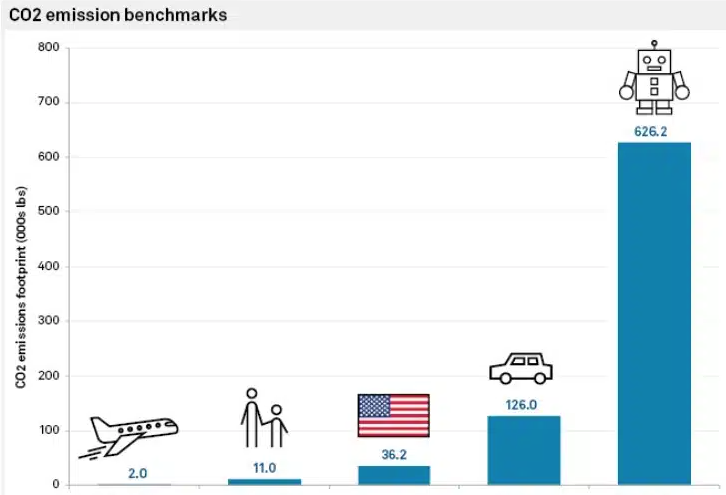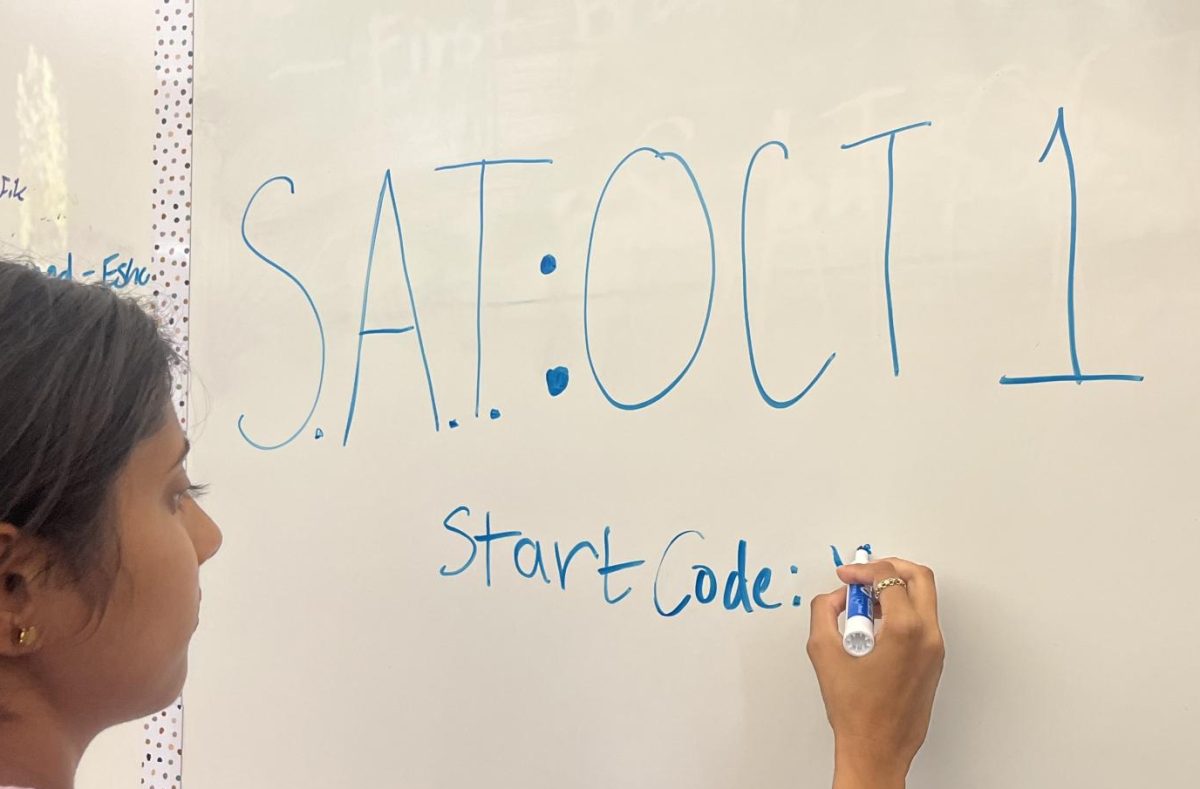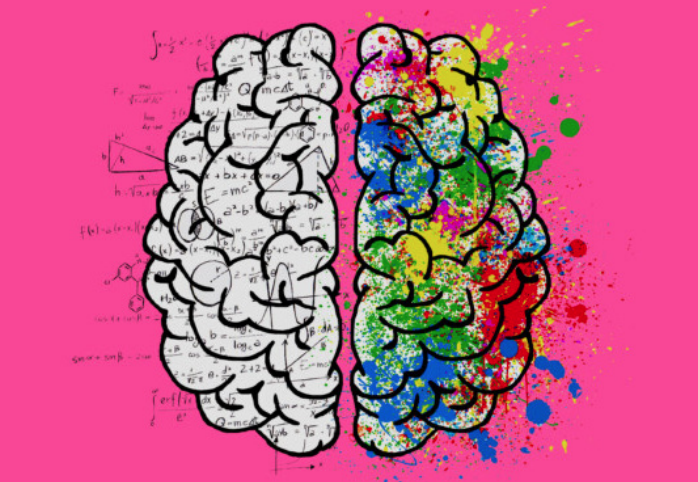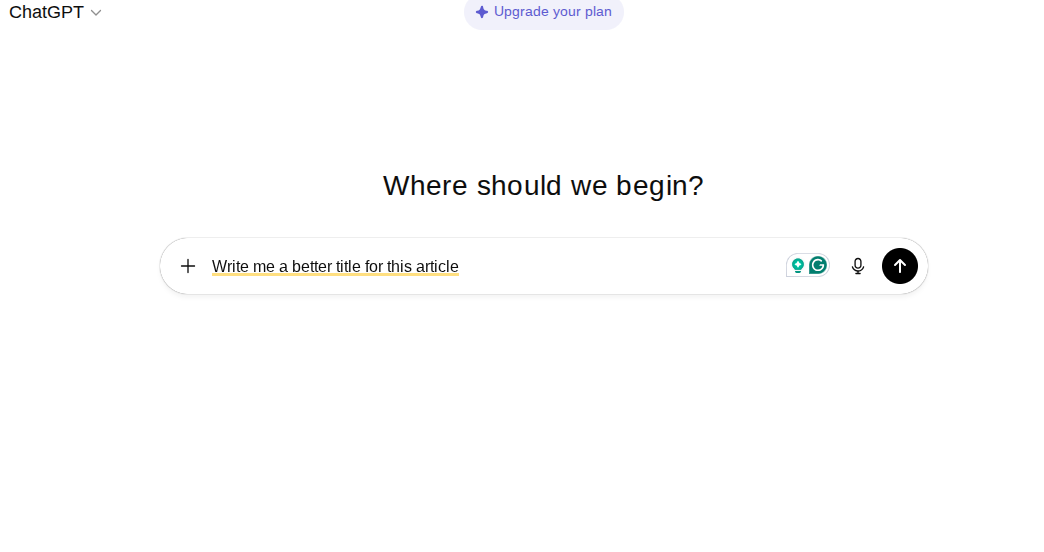My New Year’s resolution for the year? Get the FAFSA out of the way.
After years of tradition, the FAFSA’s transformation began when Congress passed the FAFSA Simplification Act on Dec. 27, 2020. Four years later, the new FAFSA was released to the American public on New Year’s Day.
Sitting down at my kitchen table, I set my laptop down and went to access the FAFSA® Application | Federal Student Aid. Like many other students, I’d been anxiously awaiting this date for months and had cleared my schedule to finish the form. With the web page finished loading, my eyes darted around the screen searching for where my FAFSA journey would begin. Clicking the “Start New Form” button, I waited to see the web page load, but nothing happened.
Many others experienced similar issues during FAFSA’s “Soft Launch.” Turns out, after waiting months for a form that was historically released Oct. 1, students were still unable to complete the form. The Department of Education’s “Soft Launch” period would allow the form to be accessed whenever the site was not undergoing fixes of “minor” bugs (and the site appeared to be under maintenance every single time I and practically everybody else on social media checked). Through TikTok, users found out that if the FAFSA web page was refreshed and the “Start New Form” button was clicked within approximately two seconds, then they could begin the process. Although, this only allowed users to create a Federal Student Aid Identification without being able to start the actual FAFSA form.
Several weeks later, on Jan. 21, I was finally able to complete the FAFSA.
However, the issues with the 2024-2025 FAFSA run much deeper than its initial rollout.
The FAFSA, or the Free Application for Federal Student Aid, is a form done by over seventeen million students yearly in an attempt to receive federal aid for higher education. Grants, loans, work-study programs and more are handed out every year to students who prove a financial need for aid.
The FAFSA Simplification Act, beginning implementation this year, changed several facets of the federal aid form, crucial to many Americans seeking higher education. Previously, the Estimated Family Contribution (EFC) was the formula used to determine how much financial aid a student could receive. Now, the Student Aid Index (SAI) has replaced the EFC for calculating financial need; the implementation of such changes will have a drastic effect on the middle-class population of the United States.
The prior version of the FAFSA included a “sibling discount” where the EFC would be divided by the amount of children in a family attending higher education institutions. Without this carve-out, the SAI will cause more financial strain for medium to large families.
Aside from the SAI, the new FAFSA’s guidelines also mean less aid for owners of family farms and small businesses as the entities will now be considered liquid assets, or assets that can be easily converted into cash.
Worst of all, the SAI wasn’t even calculated properly for the 2024-2025 school year. Thanks to the Consolidated Appropriations Act, the SAI is supposed to be updated yearly to keep up with inflation, but this year, the Department of Education ran out of time.
Currently, the SAI is operating under the Consumer Price Index of April 2020, but inflation increased by 18.2% between then and April 2023. This single oversight will cost millions of Americans thousands of dollars in federal aid during a time of record-high inflation.
Even after being given two months of extra time to adjust the FAFSA accordingly, the Department of Education still managed to miss the mark on the updated form but had to release the unfinished version due to legislation deadlines made by Congress. With the increase in inflation, middle-class Americans need the money now more than ever.
Ultimately, if the choice had to be made: I’d choose another month of waiting for the form in agony over putting my family in a worse financial situation – and I don’t believe I’m alone.
The cost of higher education has been rising for decades and the situation doesn’t appear to be fixing itself anytime soon. According to the Education Data Initiative, the last twenty years have seen the price of fees and tuition at four-year institutions rise by 179.2%, outpacing inflation severely.
Luckily, for lower-income families, the current SAI will still serve all of its original intent and purposes (because those who already have an SAI of zero won’t be affected by inflation). Furthermore, there will be greater access to Pell Grants, as well as higher amounts of financial aid for single-parent households due to the raised poverty line threshold.
Though the Department of Education has promised to fix the SAI for the 2025-2026 school year, thousands of dollars mean a lot to many Americans. It means bills can be paid, the lights can be kept on and families can even invest in college visits for their kids.
Shortchanging millions of citizens for the sake of releasing the form on time is the wrong tradeoff.









